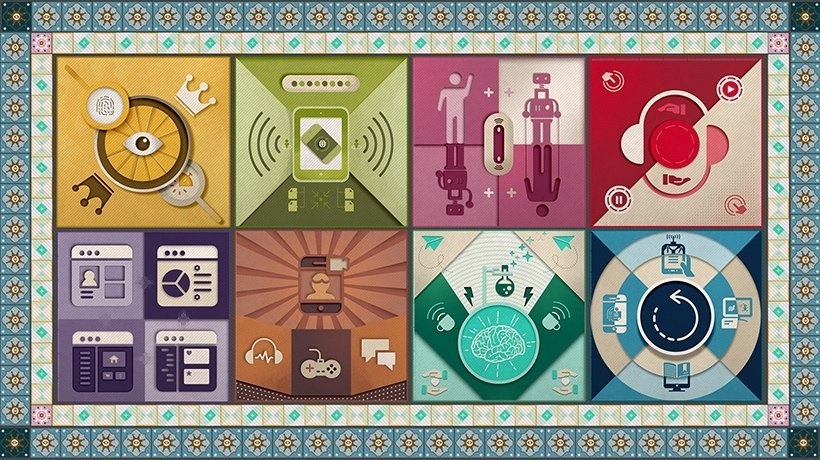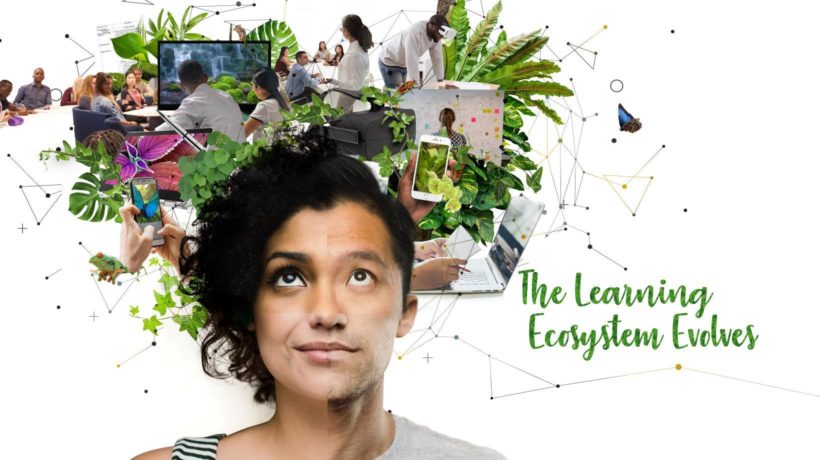eLearning Trends List For Instructional Designers
The eLearning environment of 2025 advances at an unprecedented pace because of AI technology, immersive systems, and student-centered educational approaches. Modern Instructional Designers function as experience architects who must unite educational methods with data analysis to create interactive learning experiences that scale effectively. The future of digital learning requires professionals to monitor essential developments that will define the upcoming educational landscape. The following list presents six essential eLearning trends for 2025 that Instructional Designers need to understand for their work.
This year will transform eLearning from experimental technology into functional, scalable solutions that focus on generative AI, personalized learning, bite-sized content, and immersive experiences. The following six eLearning trends require Instructional Designers to prepare through specific design strategies that can be implemented immediately.
6 Must-Know eLearning Trends For Instructional Designers
1. Generative AI And LLMs
The presentation field now welcomes generative AI technology, which extends its capabilities beyond course authoring. AI-powered presentation makers enable Instructional Designers to create learning decks, storyboards, and visual case studies within minutes. This ultimately enables them to allocate their time toward advanced Instructional Design work.
2. Personalized And Adaptive Learning At Scale
The development of adaptive engines that modify learning pathways, difficulty levels, and remediation paths based on student performance has reached a more advanced stage. IDs can now create competency-based learning paths that adapt to individual learners' knowledge levels and job-specific competencies through branching models.
Plus, a tip for Instructional Designers: an adaptive system needs clear competency definitions and content-to-mastery threshold mappings to achieve efficient learner routing. It requires content organization through small learning objects (LOs), which can be tagged to enable path adjustments. These engines receive input from short formative assessment questions (1–3 questions), which follow each learning object.
3. Microlearning And Mobile-First Design (Bite-Sized, Just-In-Time Learning)
The workplace learning sector continues to rely on short, focused modules (2–10 minutes) which are optimized for mobile devices. The short format of microlearning matches contemporary learner attention spans while providing effective refreshers for workplace skills, safety protocols, and skill development support. The industry reports that microlearning will continue as a fundamental approach for 2025.
4. Immersive Learning (AR, VR, And Mixed Reality For Skills Practice)
Immersive training tools have evolved from experimental tools to proven training solutions that work best for dangerous, hands-on, and procedural skills (simulations, soft-skills practice, and situational judgment). The combination of decreasing hardware costs and simplified authoring tools will lead to increased adoption of pilot programs across corporate L&D and higher education institutions.
5. Learning Analytics, Skills Data, And Performance Support
Organizations now focus on measuring skills-based results instead of traditional completion rates. Learning analytics tools, such as xAPI, LRS, and competency dashboards, enable IDs to demonstrate how learning activities affect employee performance and career development. The analysis of data enables organizations to detect skill deficiencies while creating individualized learning solutions and directing L&D initiatives toward business objectives.
6. Rapid Authoring And Content Automation (AI-Assisted Development)
The combination of AI-assisted development tools with pre-existing resources enables Instructional Designers to accelerate their work by using AI to create course flow design templates, which they can then enhance through pedagogically sound approaches. A great tip for IDs using rapid authoring checklists with AI is to include learning objective definition, SME validation, accessibility checks, and assessment alignment verification for AI output review.
Design For Learning, Not Technology
Technology is enabling powerful possibilities in 2025, but the biggest wins come when IDs apply proven instructional principles (clear objectives, practice, feedback, retrieval) within these new modalities. Treat AI, AR/VR, and analytics as tools to amplify pedagogy—not replace it. The following list contains essential tasks for Instructional Designers to complete during this quarter.
- Review your entire content collection by adding competency tags, duration labels, modality indicators, and accessibility markers.
- Start testing an AI-based authoring system that generates draft content for review by Subject Matter Experts on a basic educational module.
- Transform an extensive educational program into bite-sized, mobile-friendly content through playlist creation. Two modules should receive xAPI tracking for skill gain monitoring through a basic manager dashboard.
- Create a single immersive simulation concept with a cost-benefit analysis to determine its expected performance enhancement.
Conclusion
The most important thing to remember is to create learning experiences through design rather than technology. Applying proven instructional methods through new technologies in 2025 leads to the most significant learning achievements. The implementation of AI, AR/VR, and analytics tools should serve to enhance teaching methods instead of functioning as substitutes for them.








